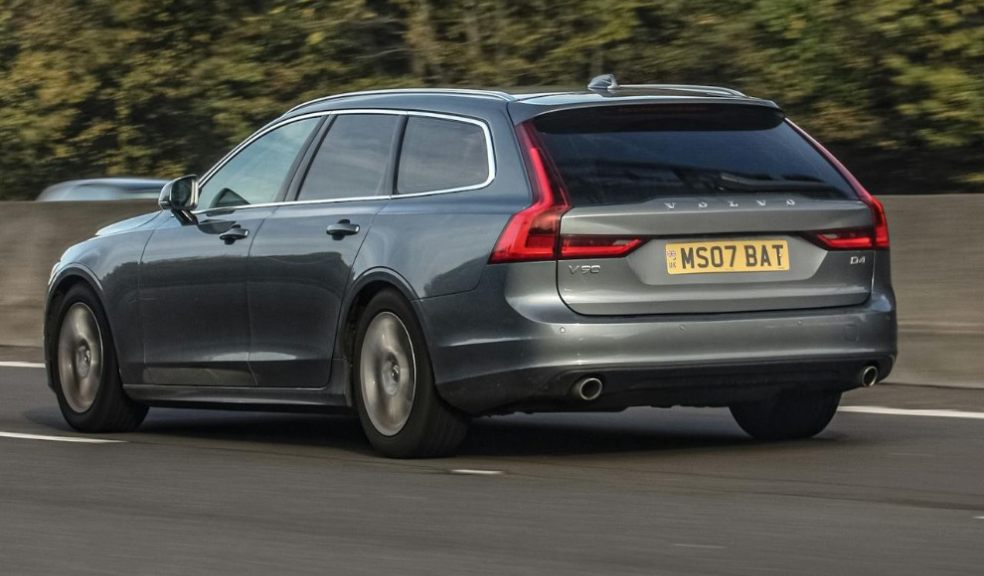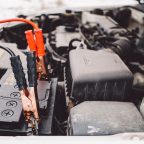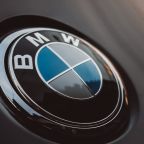
Number Plates: Are They Merely a Random Sequence of Letters and Numbers?
The obvious starting point when having a conversation about number plates is that every single one is unique. Each individual combination of letters and numbers is an immediate way to identify the make and model of a car, and its owner.
If you ask a number plate maker about this fascinating subject, they will tell you that there is actually a discernible methodology, and a very definite system, that helps to provide such a unique combination for every available number plate.
It might appear to many of us that each number plate is the product of some random selection process, but that is definitely not the case. Let’s take a look at how the number plate system works in the UK.
It all started over in 2001
Some very old and cherished plates have been able to hold their value so well as a result of the fact that the number plate formatting system was updated and introduced back in 2001.
Anything registered before that time is from a different era in number plate production. What was put into place in 2001 was a standard 7-character layout split, although Northern Ireland uses a slightly different version of this format.
In general, a standard number plate from this timeline onward comprises a layout split that uses a sequence of two letters followed by two numbers. You then get three more letters after a space has been left between the first and second sequence.
The first two letters identify a location
The first two letters on a number plate represent the locality where the UK was first registered. If you see a car that is prefixed by the first letter being “L”, this tells you it comes from London. If you see a “B”, this tells you the car was registered in Birmingham.
The second letter then breaks down that locality into a postal area. That means the first two on a standard number plate allow you to tell exactly where the car first came from when it was registered.
The numbers tell you how old the car is
The next bit of information on your number plate is a two-number age identification system.
New registrations happen every six months in the UK. These two numbers tell you whether the car was registered in March or August of a particular year.
What about the last three letters?
As you can see there is nothing random about the first sequence of letters and numbers on your number plate. They tell you exactly where and when the car was registered.
The random nature of number plates comes into play after the first four characters, when you are looking at the last three characters. You can get any combination available, with the exception of the letters “I” and “Q”. These are never used as they could be misread or confused.
The only other obvious rule in play is the restriction on combinations that could be used to create an offensive word.
All of this information gives you a great insight into how number plates are generated and what they tell us about each vehicle. When it comes to personalizing your plate, you will often be able to find a combination that is meaningful to you, such as your initials.
Now you know more about how number plates work, it might help you find a good plate for you and your car, that is anything but random.














